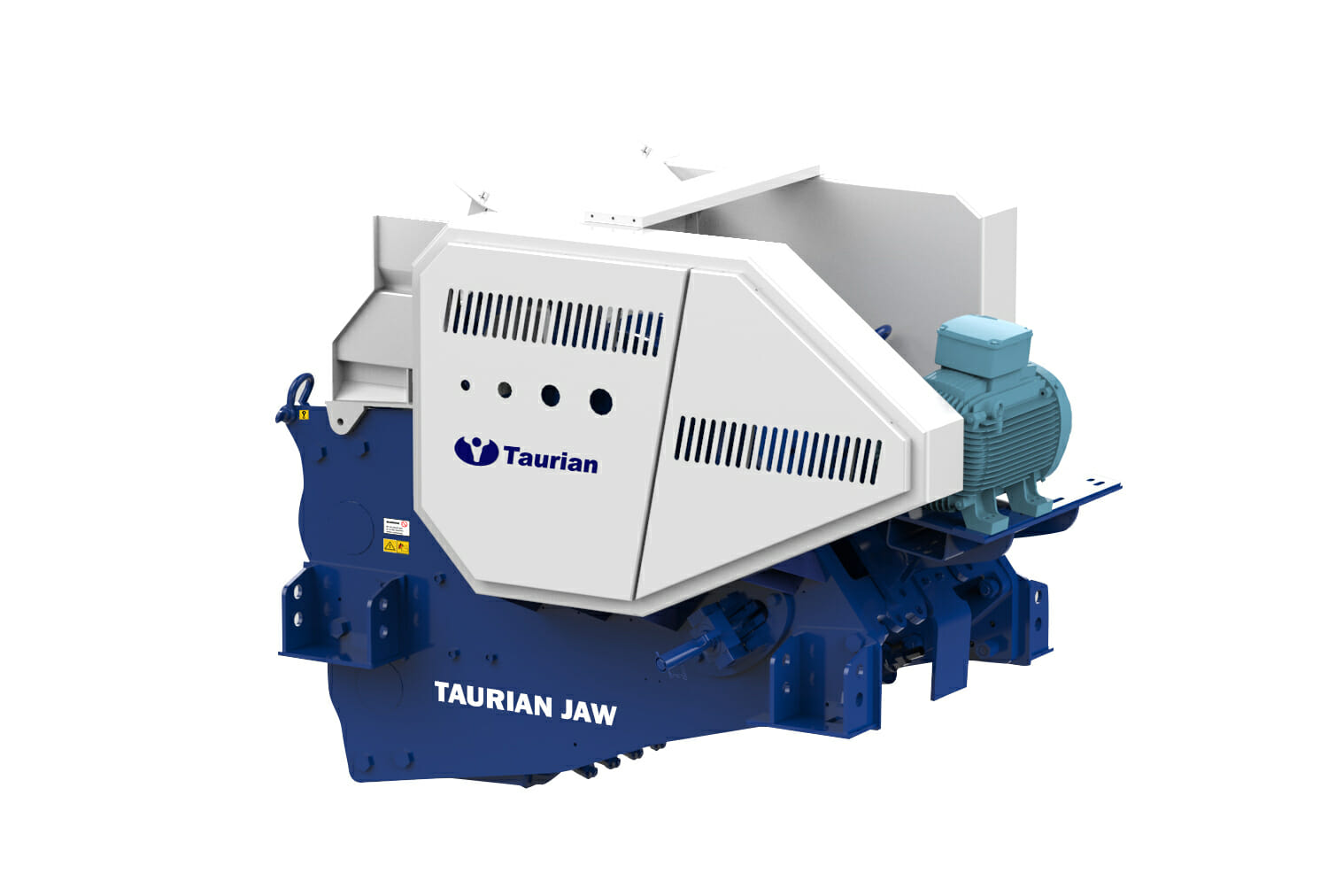
Stationary vs portable crushing plants
Rock crushing is one of the most important areas in the mining industry. Any mining project requires rock crushers to facilitate operations and make way for an efficient workflow, leading to better output. The pit and quarry industry uses different types of rock crushers depending upon the nature and requirement of a particular project. There are different types of rock crushers such as Jaw Crushers, Gyratory Crushers, Cone Crushers and so on. They serve different purposes with their way of functioning. Rock crushing plants, however, can be classified under two major heads – stationary crushing plants and portable crushing plants.
Stationary crushing plants:
As the name suggests, stationary crushing plants are immovable entities that work as fixed addresses for any crushing needs. When it comes to history, the stationary crushing plants have enjoyed the privilege of being the preferred choice. The primary reason behind this is the fact that they can deal with higher capacity requirements and offer high efficiency. And this is not all; two other areas make stationary crushing plants relevant – 1. Their production cost is low, and 2. They come with easy maintenance. At the same time, stationary crushing plants involve lower energy costs, but this is dependent on the availability of on-site electricity. And as they are immobile, there is no additional cost needed for any moving purpose.
Portable crushing plants
On the other hand, portable crushing plants can be transferred from one place to another. The mobility aspect of these plants gives them an edge over their stationary counterpart. In recent times, portable plants have been able to gain popularity among businesses. The portable material handling equipment is a sure shot winner as it puts on the table impressive production flexibility. These are essentially self-contained plants that enjoy mobility and can be moved from one place to another, from one project to another, depending upon the needs and convenience.
The comparative viewpoint:
While the stationary plants are capable enough to take up large projects, thanks to their scale and volume, the portable crushing plants are more suited for smaller projects. At the same time, portable plants do offer better cost-effectivity and flexibility.
It is an industry observation that portable crushing plants are gaining momentum quite fast, and some experts even believe that they are going to or have the potential to replace stationary plants in the future. As they are mobile, the portable crushing plants are compact and self-sustaining. Also, the fact that they can operate very close to a quarry site gives them the edge as it curtails the need for a massive conveyor belt. This, in the long run, helps with its low maintenance nature and site-friendly operations. Adding to this is the fact that portable plants can be set up and dismantled in a day or a week at the most. And this helps in keeping residual losses at the minimum possible. This is not even a possibility in the case of a stationary plant.
Both stationary and portable crushing plants come with their own set of features and benefits. Whereas some needs can only be addressed by stationary plants, others require the services of a portable plant.


